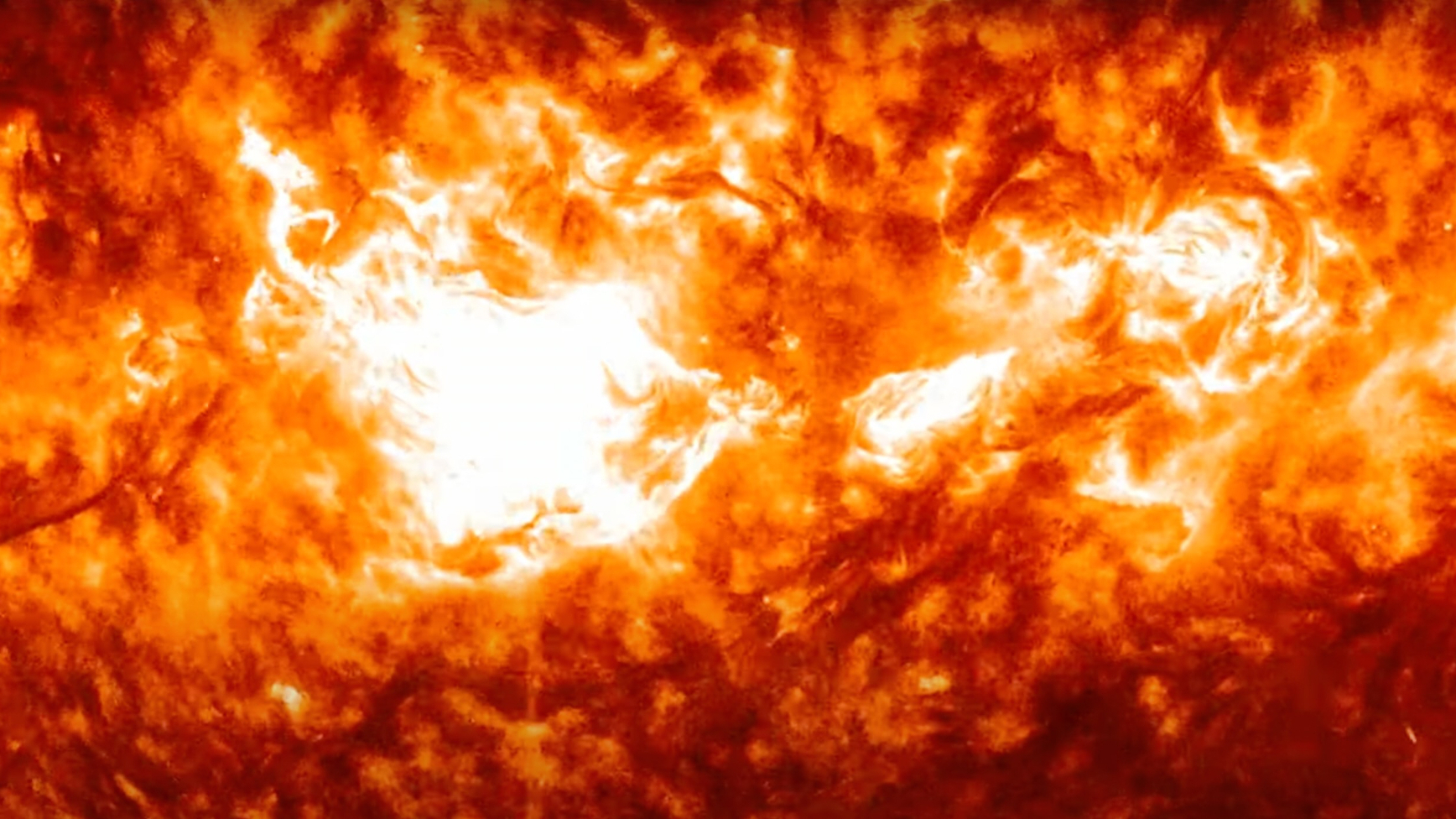
The sun welcomed October with a bang, firing off two powerful flares in just over 24 hours.
The more recent of the two was an X solar flare, the strongest of its kind — and it was a powerful X, clocking in at X7.1 on the flare classification scale. That one peaked on Tuesday (Oct. 1) at 6:20 p.m. EDT (2220 GMT).
According to Spaceweather.com, this flare was one of the most significant of the current Solar Cycle 25, ranking as the second-biggest behind the massive X8.7 flare on May 14. (Activity of the sun waxes and wanes on an 11-year cycle.) A partial or complete loss of high frequency (HF) radio signals likely resulted from the outburst in sunlit parts of Earth. This would include parts of the Western Hemisphere, the Pacific Ocean, Australia and the Asia-Pacific region.

A coronal mass ejection (CME) — a huge eruption of solar plasma — was associated with the X7.1 flare, Spaceweather.com reported. The CME was Earth-directed and is expected to hit our planet on Friday (Oct. 4), likely spawning a strong geomagnetic storm that could supercharge aurora displays.
When these storms occur, Earth's magnetic field undergoes a shakeup that can affect not only auroras but also navigation systems, power grids and even satellite communications. The more powerful the storm, the higher the number on the geomagnetic storm scale, and the more dramatic the effects will be.
Tuesday's flare erupted from the sunspot AR3842. On Monday (Sept. 30), the same sunspot blasted off a M7.6 flare. M-class flares are the second strongest to X, which are 10 times more powerful. The flare occurred at 7:59 p.m. EDT (2359 GMT) and resulted in parts of the Pacific Ocean experiencing a shortwave radio blackout.
Forecasters with the U.S. National Oceanic and Atmospheric Administration's Space Weather Prediction Center did not mention any Earth-bound CMEs from that flare in their forecast discussion.







